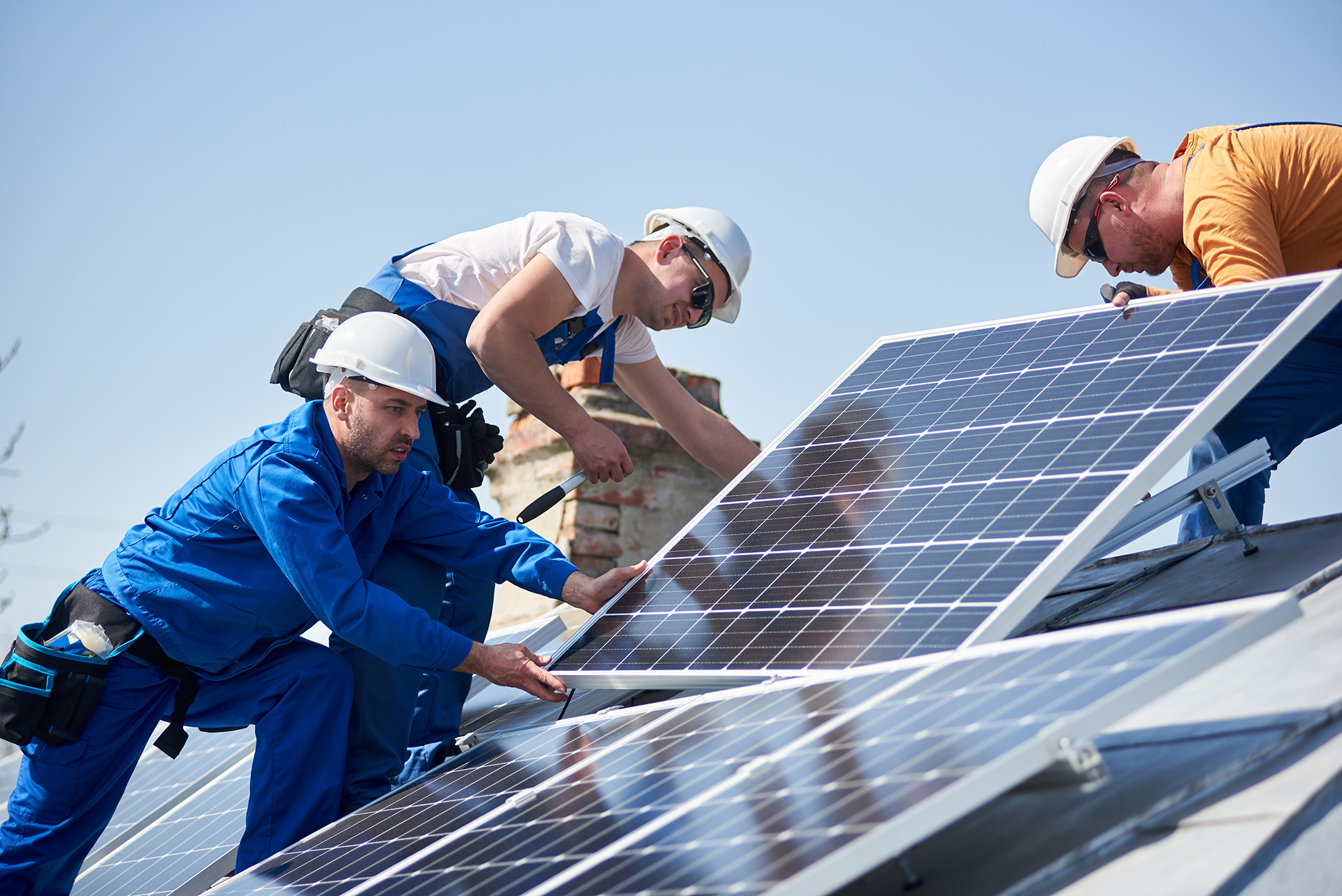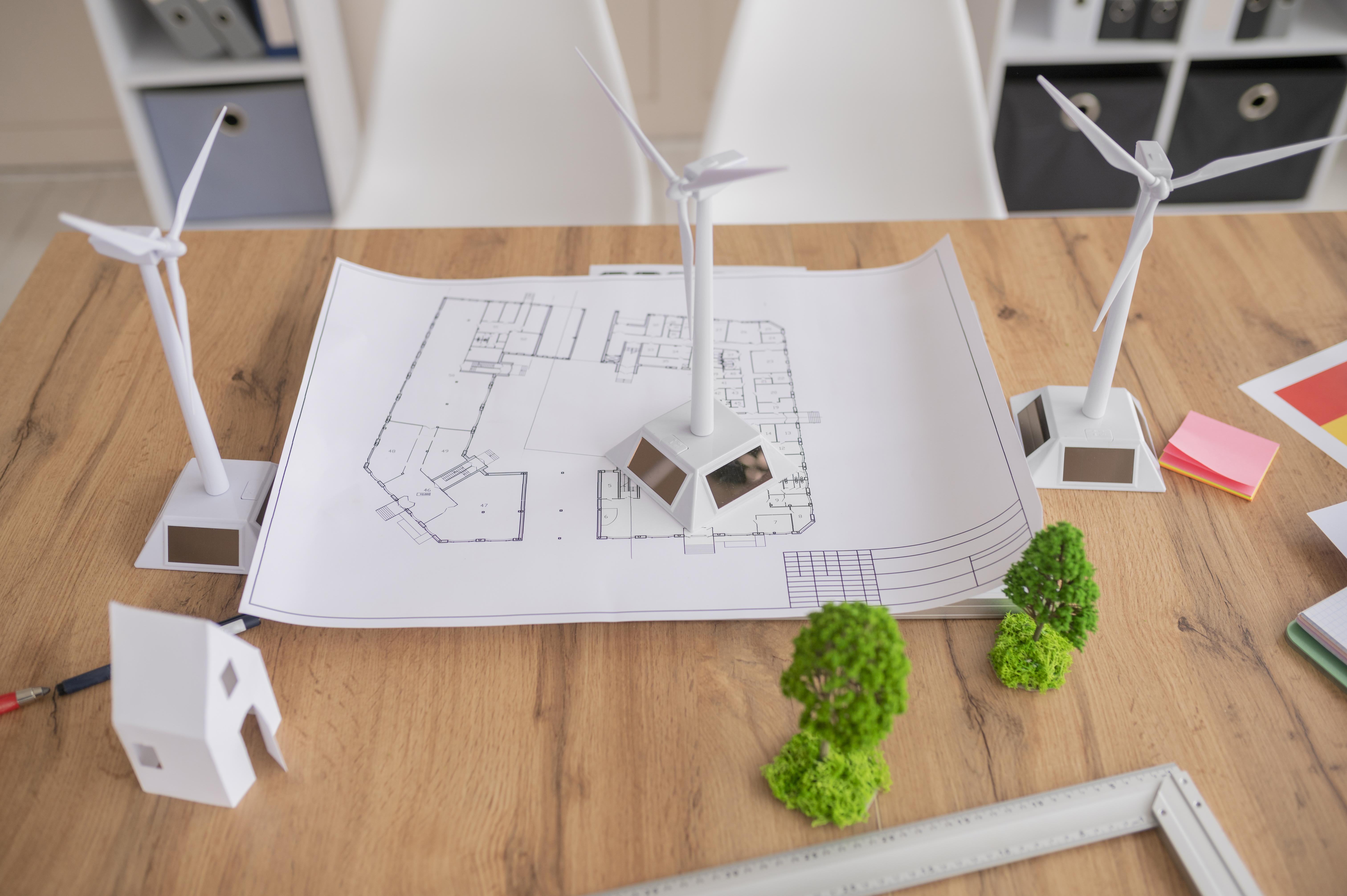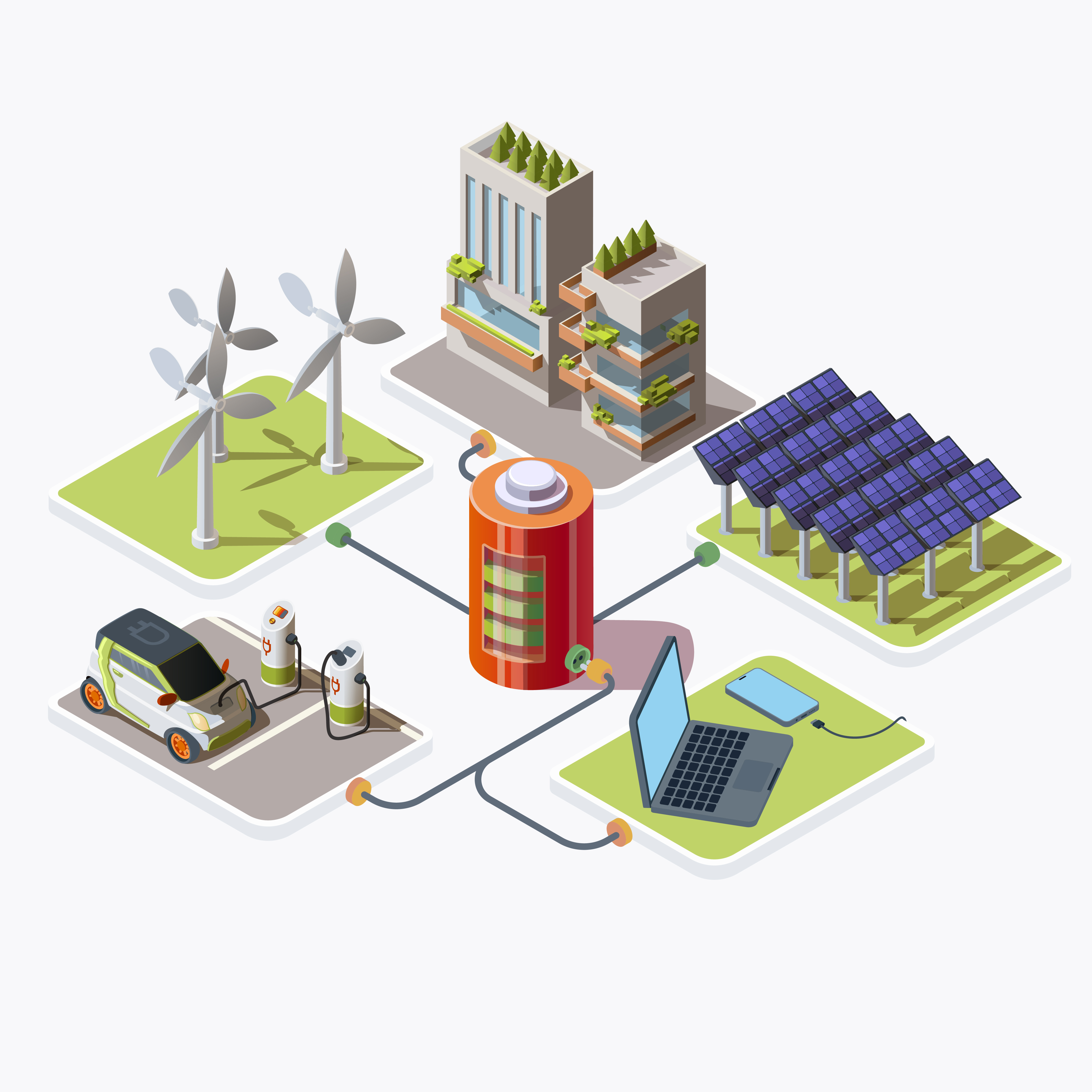Table of Contents
ToggleIntroduction
In an era of increasing environmental awareness and concern over carbon emissions, heat pumps have emerged as a sustainable alternative for heating and cooling homes, businesses, and institutions. Leveraging the principles of thermodynamics, heat pumps offer efficient and environmentally friendly solutions for maintaining indoor comfort while reducing reliance on fossil fuels. This comprehensive guide explores the various aspects of heat pumps, from their operation and benefits to their applications in different settings and climates. Heat pumps are devices that transfer heat from one location to another using a refrigerant cycle, providing both heating and cooling capabilities. Unlike traditional heating systems that generate heat through combustion, heat pumps extract heat from the air, water, or ground and distribute it indoors during colder months. Conversely, during warmer months, they remove heat from indoor spaces and release it outdoors, effectively providing air conditioning.
How Heat Pumps Work
At the core of a heat pump system is a refrigerant that circulates through indoor and outdoor units, absorbing and releasing heat as it changes state between liquid and gas. In heating mode, the refrigerant absorbs heat from the outside air, ground, or water source, then compresses it to raise its temperature before transferring it indoors through a heat exchanger. In cooling mode, the process is reversed, with heat being extracted from indoor air and expelled outside.
Types of Heat Pumps
There are several types of heat pumps available, each suited to different applications and environmental conditions. Air-source heat pumps extract heat from the ambient air, making them suitable for most climates. Ground-source (geothermal) heat pumps use the relatively constant temperature of the earth’s subsurface to provide heating and cooling. Water-source heat pumps utilize bodies of water, such as lakes or ponds, as a heat source or sink.
One of the primary benefits of heat pumps is their energy efficiency. By transferring heat rather than generating it, heat pumps can deliver up to four times more energy than they consume, resulting in significant cost savings on utility bills. Additionally, heat pumps produce fewer greenhouse gas emissions compared to traditional heating systems, contributing to lower carbon footprints and mitigating climate change.
The energy efficiency of heat pumps is measured by their coefficient of performance (COP), which represents the ratio of heat output to energy input. Most modern heat pumps have COPs ranging from 3 to 4, meaning they can produce three to four units of heat for every unit of electricity consumed. This high level of efficiency makes heat pumps an attractive option for both residential and commercial applications.
In addition to their energy efficiency, heat pumps offer environmental benefits by reducing reliance on fossil fuels and lowering carbon emissions. By utilizing renewable energy sources such as ambient air, ground heat, or water, heat pumps help to decrease dependency on non-renewable resources and minimize environmental degradation associated with traditional heating and cooling systems.
Heat Pump Installation Process
The installation process for a heat pump system typically involves several steps, including site assessment, equipment selection, system design, installation, and commissioning. A qualified HVAC contractor will assess the property to determine the most suitable type and size of heat pump based on factors such as climate, building size, insulation levels, and heating and cooling load requirements.
When selecting a heat pump for your property, several factors should be taken into account, including climate, energy efficiency ratings, system capacity, installation costs, available incentives, and long-term maintenance requirements. It’s essential to choose a heat pump that is appropriately sized and matched to the heating and cooling needs of your space to ensure optimal performance and energy savings.
Proper operation and maintenance are critical for ensuring the longevity and efficiency of a heat pump system. Regular tasks such as cleaning or replacing air filters, inspecting outdoor units for debris or obstructions, checking refrigerant levels, and scheduling professional tune-ups can help optimize performance and prevent costly repairs.
While the initial cost of purchasing and installing a heat pump system may be higher than traditional HVAC systems, the long-term savings on energy bills and potential incentives or rebates can make them a cost-effective investment. Additionally, financing options and leasing programs may be available to help offset upfront costs and make heat pumps more accessible to homeowners and businesses.
Heat Pumps and Indoor Air Quality
In addition to providing heating and cooling, heat pumps can contribute to improved indoor air quality by circulating and filtering air throughout the space. Many heat pump systems are equipped with high-efficiency particulate air (HEPA) filters or electrostatic filters that capture airborne contaminants such as dust, pollen, and allergens, creating a cleaner and healthier indoor environment.
Despite their many benefits, there are some common misconceptions about heat pumps that may deter potential adopters. Addressing concerns such as efficiency in cold climates, noise levels, installation costs, and compatibility with existing HVAC systems can help dispel myths and misconceptions and promote wider acceptance of heat pump technology.
To maximize energy savings with heat pump technology, it’s essential to choose the right type and size of heat pump for your property, optimize system design and installation, and implement energy-efficient practices such as regular maintenance, thermostat programming, and zone heating and cooling. By leveraging the full potential of heat pump technology, property owners can reduce energy consumption, lower utility bills, and minimize environmental impact.
Smart Thermostats and Heat Pump Integration
Smart thermostats offer advanced features and capabilities that complement heat pump systems, allowing users to monitor and control indoor comfort settings remotely via smartphone apps or voice commands. By integrating smart thermostats with heat pumps, property owners can optimize energy usage, customize heating and cooling schedules, and receive real-time insights into system performance and efficiency.
Advancements in heat pump technology continue to drive improvements in efficiency, performance, and reliability, making them an increasingly attractive option for heating and cooling applications. From variable-speed compressors and advanced refrigerants to integrated control systems and predictive maintenance algorithms, ongoing research and development efforts are pushing the boundaries of what’s possible with heat pump technology.
With proper maintenance and care, heat pump systems can provide reliable and efficient performance for 15 to 20 years or more. Regular inspections, cleaning, and servicing can help prevent premature wear and extend the lifespan of heat pump components such as compressors, coils, and fans, ensuring continued comfort and savings for property owners.
While modern heat pumps are designed to operate quietly, noise from outdoor units or air handlers may be a concern for some property owners, particularly in residential settings. Noise reduction strategies such as sound-absorbing enclosures, vibration isolation mounts, and strategic placement of outdoor units can help minimize disturbances and ensure peaceful indoor environments.
Heat Pump Efficiency Standards and Ratings
To guide consumers in selecting energy-efficient heat pump systems, governments and industry organizations have established efficiency standards and ratings, such as the Energy Star program in the United States and the Seasonal Coefficient of Performance (SCOP) in Europe. These standards provide benchmarks for performance and help consumers make informed decisions when purchasing heat pump equipment.
In the event of a malfunction or breakdown, property owners should be prepared to take immediate action to address emergency heat pump maintenance and repairs. This may involve troubleshooting common issues, such as frozen coils or refrigerant leaks, or contacting a qualified HVAC technician for professional assistance. Having a maintenance plan in place and access to reliable service providers can help minimize downtime and prevent further damage to the system.
To facilitate the adoption of heat pump technology, financing options such as loans, leases, and financing programs are available to help property owners cover upfront costs and spread out payments over time. Additionally, energy efficiency financing initiatives and green lending programs may offer favorable terms and incentives for qualifying heat pump installations, making them more accessible and affordable for a wider range of consumers.
Safety is paramount when installing, operating, and maintaining heat pump systems, particularly with regards to electrical components, refrigerants, and outdoor units. Property owners should follow manufacturer guidelines and safety precautions, such as ensuring proper grounding, securing electrical connections, and maintaining clearances around outdoor units, to prevent accidents, injuries, or damage to the system.
Conclusion
As the demand for energy-efficient and environmentally friendly heating and cooling solutions continues to grow, heat pumps are poised to play a central role in meeting the evolving needs of residential, commercial, and institutional buildings. By harnessing renewable energy sources, maximizing energy efficiency, and leveraging advanced technologies, heat pumps offer a sustainable pathway to indoor comfort, cost savings, and environmental stewardship. Whether used for heating swimming pools, cooling commercial refrigeration, or conditioning indoor spaces, heat pumps represent a versatile and sustainable solution for a wide range of applications, driving innovation, resilience, and sustainability in the built environment.
FAQs
What is a heat pump?
A heat pump is a heating and cooling system that transfers heat between indoor and outdoor spaces using refrigerant cycles. It can extract heat from the air, ground, or water sources to provide heating in winter and remove heat from indoor spaces to provide cooling in summer.
How does a heat pump work?
A heat pump works by absorbing heat from a heat source (such as outdoor air, ground, or water) using a refrigerant, then compressing and transferring that heat indoors for heating purposes. In cooling mode, the process is reversed, with heat being removed from indoor spaces and expelled outdoors.
What types of heat pumps are available?
There are several types of heat pumps available, including air-source heat pumps, ground-source (geothermal) heat pumps, water-source heat pumps, and hybrid heat pump systems. Each type has unique characteristics and suitability for different applications and climates.
Are heat pumps energy efficient?
Yes, heat pumps are highly energy efficient, capable of delivering up to four units of heat for every unit of electricity consumed. By transferring heat rather than generating it, heat pumps can achieve significant energy savings compared to traditional heating and cooling systems.
Are heat pumps environmentally friendly?
Yes, heat pumps are considered environmentally friendly because they utilize renewable energy sources such as ambient air, ground heat, or water, reducing reliance on fossil fuels and lowering carbon emissions. By minimizing environmental impact, heat pumps contribute to sustainability and climate mitigation efforts.
How long do heat pumps last?
With proper maintenance and care, heat pumps can last 15 to 20 years or more. Regular inspections, cleaning, and servicing can help extend the lifespan of heat pump components and ensure continued performance and efficiency.







